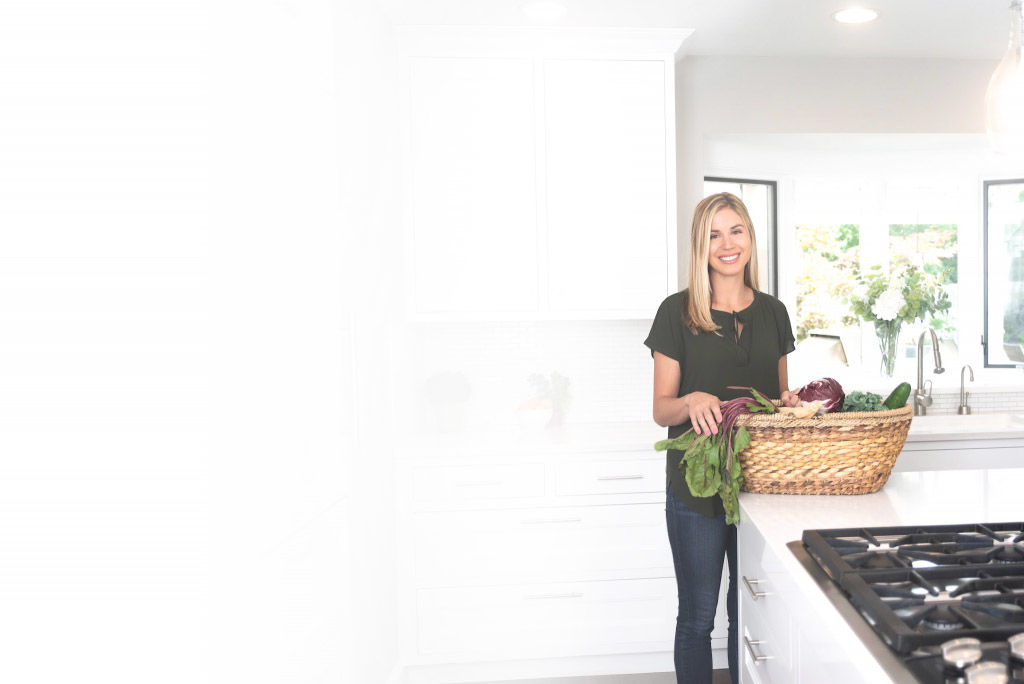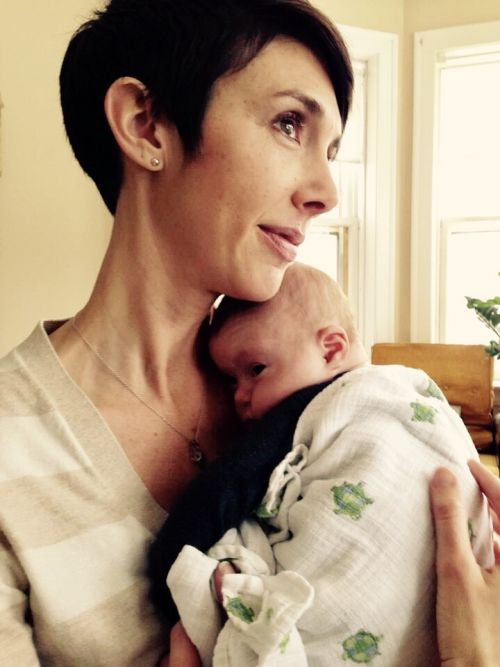Podcast Episode #62: Newborn Traumas

What is birth trauma and do all babies experience it? How can you remedy it? Dr. Annie and Dr. Rachel of Rise Wellness Chiropractic give us several examples of common birth traumas, what they mean, and how chiropractic care can help. You can listen to this complete podcast episode on iTunes or SoundCloud. Kristin: Welcome […]
Podcast Episode #61: Postpartum Wellness

Dr. Erica of Root Functional Medicine gives moms some tips about staying healthy through pregnancy and into the postpartum period. We also talk about her upcoming Postpartum Wellness class on March 7. You can listen to this complete podcast episode on iTunes or SoundCloud. This podcast episode is sponsored by LifeFuel, providing healthy meal delivery […]
How ZENBands Became a Part of Pregnancy

Gold Coast Doulas is pleased to announce a guest blog by Dr. Erin Stair on her headbands that are perfect for listening to HypnoBirthing scripts or childbirth playlists. I use them for listening to podcasts like “Ask the Doulas” with Gold Coast Doulas on Soundcloud and Itunes. Erin is the creator of ZENBands, ZENTones, author […]
What does non-judgmental support mean?

Author: Alyssa Veneklase, CD I was recently asked if, since I’m a doula, I tell clients not to vaccinate and make them feel guilty if they don’t breastfeed. What??! If you had a doula that made you feel this way, I apologize on behalf of them. That is the opposite of what a doula […]
